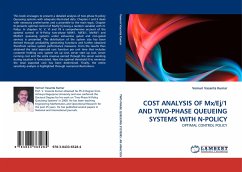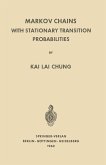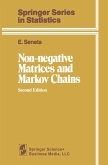Modelling with Markov chains is a very powerful and efficient technique for the investigation of queueing systems: it is suitable for a broad class of queueing systems, the underlying theory is relatively easy to understand, and many different characteristics of queueing systems can be explored. Traditionally, Markov chains are used to calculate the transient or stationary system state probabilities of queueing systems, from which characteristics such as the number of customers in the system and the server utilisation can be obtained. Sometimes the flow time through a queueing system is determined using Markov chains, or the time that is needed to reach a certain state. However, with these applications the capabilities of Markov chain modelling are not fully utilised.In this book, the author gives an introduction to the basic modelling techniques, but he also presents more advanced ways of modelling queueing systems with Markov chains. He shows techniques to analyse the idle and the busy period, the departure stream, and the overflow traffic of queueing systems. Moreover, he explains how Markov chains can be used to analyse the superposition and the decomposition of traffic streams.The techniques are explained with many examples. Related issues that are important for the practical application, such as the approximation of given distributions by phase-type distributions and the effects of statistical interdependence within traffic streams, are also discussed.








